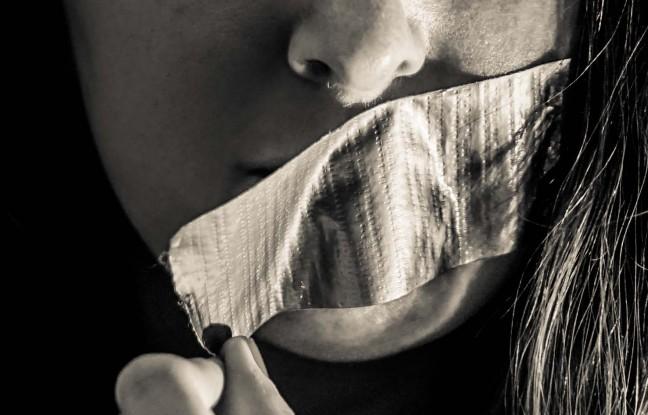One in four women in the United States will become victims of sexual violence.
Emmy Myers, a local survivor of sex trafficking and advocate for victims, is working to change that statistic.
The University of Wisconsin’s Freedom Week, hosted by Force For Freedom: An Abolitionist Movement, is a week-long awareness campaign which focuses on ending human trafficking.
As part of the week of events, Myers discussed her experience as a victim of sex trafficking, myths that surround it and how to become aware of the issue Wednesday.
Wisconsin stakeholders take a variety of approaches to address human trafficking
Myers is the founder of Lacey’s Hope Project, a Wisconsin-based project she started in memory of a close friend and fellow victim of sex trafficking. The project’s goal is to help raise awareness of modern-day slavery by focusing on the signs and dangers of sex trafficking and survivors’ healing processes.
Lacey’s Hope Project also collaborates with other organizations to help individuals in crisis, with a specific focus on the interplay between trafficking and addiction, although one doesn’t necessarily signal the other, Myers said.
“Attend [events] like this, become educated,” Myers said. “I really believe in education for prevention.”
Task force works to address child sex trafficking in Wisconsin
While many view sex trafficking as an “inner city” problem, Myers said it happens all over the state, country and world.
In Wisconsin alone, human trafficking has been reported in all 72 counties.
The U. S. Department of Justice estimates there are between 14,500 and 17,500 victims per year in the United States alone.
In Myers’ situation, she had an older boyfriend who became abusive and began using drugs. She also struggled with addiction and eventually became a victim of sex trafficking.
While she was fortunately rescued, Myers emphasized this could happen to anyone.
East Campus Mall exhibit forces students to confront human trafficking
There are plenty of indicators of sex trafficking people can look out for, Myers said. Some of the most noticeable ones include having few personal belongings and not being able to attend regular events such as family gatherings and school functions.
When it comes to portraying sex trafficking, Hollywood tends to use stereotypes of “junkies” and “pimps” to describe those involved in it, Myers said.
“That’s exactly how I thought it looked like, until it happened to me,” Myers said.
In reality, Hollywood’s portrayal of sex trafficking couldn’t be further from the truth, Myers said.
Many, like Myers, believe in Hollywood’s narrative — but through her work, she is trying to change the public’s perception of sex trafficking.
By sharing her experiences through public speaking, Myers hopes to make the public aware of the signs of human trafficking.
“If you had a sister, or a cousin, or a niece and somebody was selling her, wouldn’t you want something done about that?” Myers said.


















